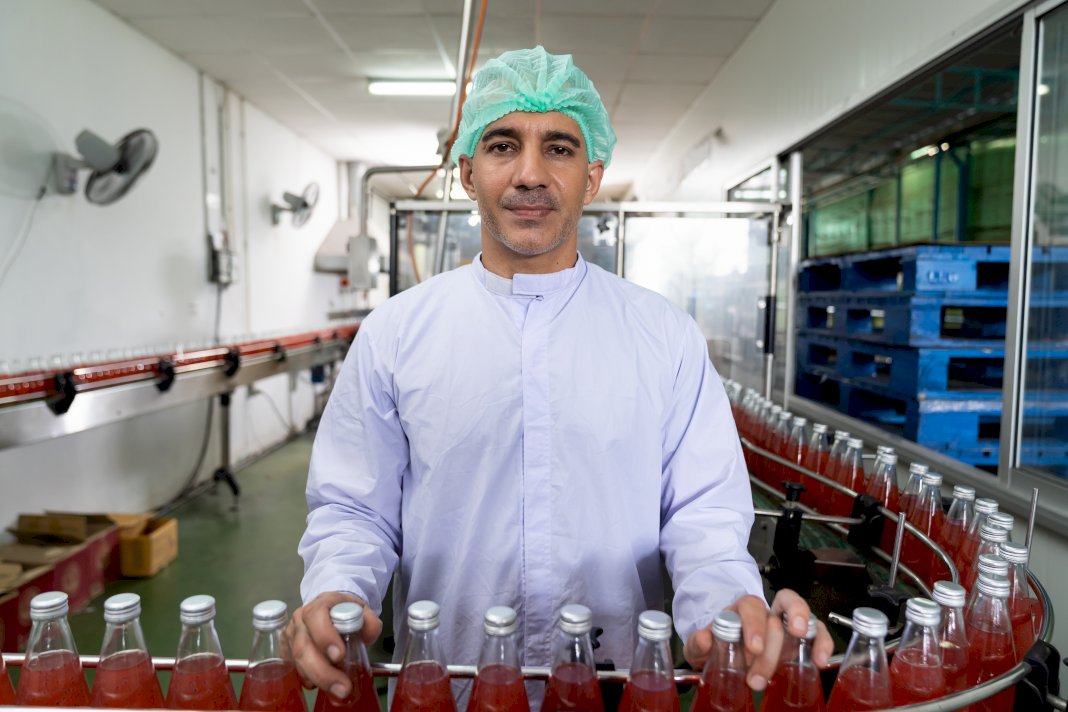Entering the Food and Beverage Industry: Non-Restaurant Way

The food and beverage industry is highly profitable for entrepreneurs, providing plenty of growth opportunities. According to the National Restaurant Association (NRA), the food and beverage industry in the United States alone is estimated to generate over $863 billion in 2019. This number had grown significantly since 2015, when it was $783 billion, demonstrating the strong performance of this industry even during difficult economic times.
Furthermore, according to Forbes, nearly all restaurants that opened in 2019 had at least one positive month in terms of profits. Some even experienced double-digit increases or maintained profitability throughout the year. This shows that entrepreneurs investing in the food and beverage industry have a relatively low risk of failure compared to other sectors.
However, opening a restaurant is not the only way to enter the food and beverage industry. Here are a few other profitable options that can help you make money in the industry.
Franchising

Franchising is becoming increasingly popular among entrepreneurs who wish to enter the food and beverage industry. This option’s main advantage is that it requires significantly less capital and risk than opening a restaurant. This is because franchisees are provided with an established brand name, marketing support, and operational procedures. Additionally, they also benefit from existing customer bases and proven business models.
When entering the food and beverage industry via franchising, entrepreneurs can also expect to receive training and ongoing support from established franchises. This means they will have access to experienced professionals who can help them get their business up and running quickly, as well as guidance on maximizing profits. Franchises often provide comprehensive business plans to help entrepreneurs understand the potential costs of starting and operating their franchisees.
Franchisees also benefit from economies of scale-in other words, they can purchase large quantities of ingredients or supplies at lower prices than those available through individual restaurants. This makes it easier for franchisees to keep costs down while still offering quality products or services to customers. Furthermore, franchises may provide access to unique financing options, such as SBA loans or tax credits that would not be available elsewhere.
Exporting

Exporting ingredients to countries worldwide can be a highly profitable and rewarding venture in the food and beverage industry. Entrepreneurs can expand their reach and gain access to larger markets by exporting ingredients. This can be especially beneficial for smaller businesses that may not have more giant corporations’ resources or reach. Exporting also allows entrepreneurs to capitalize on the unique flavors, ingredients, and products available in different countries.
Entrepreneurs have a few options to consider when exporting ingredients from the Philippines. The most prevalent ingredient exports from the Philippines include the following:
Rum
Rum is abundant in the Philippines due to its tropical climate and the availability of sugar cane crops.
Coconut oil
Coconut oil is used widely throughout Asia as an essential cooking ingredient and for its cosmetic uses, such as moisturizers and hair treatments. You can find a coconut oil exporter to help you figure out the proper business model and strategies to make your version profitable.
Olive oil
Olive oil is also harvested in abundance throughout the Philippines. It’s a great option for export because it has excellent flavor when used in Mediterranean dishes or when added to salad dressings or marinades.
Cocoa butter
Cocoa butter is another popular ingredient exported from the Philippines-it’s often used as a base ingredient for chocolates, candies, and other confectionery items.
Banana puree
Banana puree is extracted from ripe bananas that are handpicked at maturity. This pulp is an excellent base for smoothies or sweet treats like ice cream or pudding.
However, exporting can be a competitive business and requires significant capital investment. Additionally, it can be challenging to navigate the complicated bureaucracy associated with international trade laws. Nevertheless, exporting can open up new opportunities and provide a competitive edge for entrepreneurs in the food and beverage industry.
Distribution
Finally, distribution is another way to enter the food and beverage industry without opening a restaurant. Distributors are responsible for delivering products from producers to retailers or consumers. This includes warehousing goods, providing logistical support, and managing customer relationships.
Distributing food and beverages offers many advantages over other businesses as it eliminates unnecessary waste and labor costs by streamlining processes such as storage, packaging, shipping, labeling, marketing, etc. Furthermore, distributors have more control over pricing since they purchase products in bulk and have direct access to manufacturers or suppliers. This allows them to obtain better prices for their goods and services and pass on the savings to their customers.
The distribution also requires less capital investment than other businesses, as distributors don’t need to purchase costly equipment such as ovens, refrigerators, and other restaurant appliances. Furthermore, this business model is relatively straightforward and easier to manage than operating a restaurant or franchise.
Final Thoughts
Ultimately, there are numerous ways for entrepreneurs to enter the food and beverage industry without opening a restaurant. Whether you choose to franchise, export, or distribution, careful planning and research can make your venture successful in the long run. Don’t be afraid of the risks-embrace them and use them to your advantage. You can make money and enjoy the rewards of entering this lucrative industry with the right strategies.